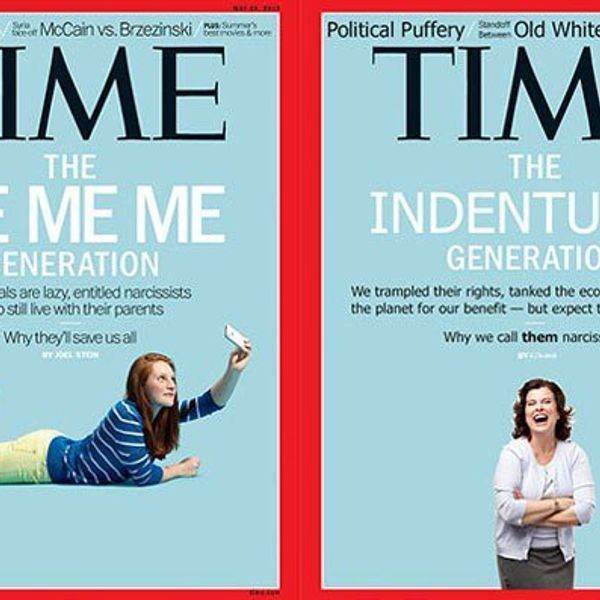People who use trigger warnings or advocate for them are often regarded as too sensitive and too focused on political correctness. How someone can be too politically correct is a mystery to me, but that’s for another day. This sort of mindset was sparked by the notion amongst older generations that millennials and younger generations are “coddled,” that we are allowed to be too sensitive, that we need to combat our assumed fragility by exposure. A trigger is not something that annoys or bothers you, a trigger is something that can bring back intense feelings of panic or trauma, often correlated with experiences of mental illness, abuse, post-traumatic stress or body dysphoria, hence the name.
There has been lots of discussion on campus related to triggering content in respect to freedom of speech, sparked by the anti-abortion protests on Sanford Mall several weeks ago, featuring huge and grotesque pictures inappropriate for any public setting. While the general consensus of the student body was leaning towards disapproval, there was some debate about exactly why and how it was wrong. Many students thought that while it was indeed inappropriate, it was a learning experience and should be regarded as such, not taken so seriously. However, that fails to respect the many individuals on campus who may have been highly triggered by those images while simply walking to class at 9 a.m. There were “warnings,” but of course no one actually saw the tiny signs until after seeing the gigantic display.
In schools, many teachers and professors adhere to the thought that students must be faced with challenging material to learn and grow. But, challenging academia and overtly violent or sensitive content are in no ways synonymous. I have been lucky to have had classes with professors who are more than happy to provide trigger warnings, encouraging students to skip or leave class on a day where we might be covering triggering material. However, I do know many students who haven’t been so lucky and have had professors who were extremely inconsiderate in how they addressed their content.
On social media, a trigger warning is often tagged as #tw, allowing for viewers to choose or block the content with which they engage. However, too often I have been scrolling through my dashboard or my news feed and came across a picture or video that definitely should’ve been tagged, like depictions of animal abuse or war-related violence.
Triggers are not a call for over sensitivity, for reprimanding assumed fragility. It is respecting emotional trauma and the varying capacity of content that people can and cannot handle mentally. It is effortlessly easy to simply mention “By the way, we’re going to be discussing a sensitive topic,” or simply tag TW. It’s not coddling, it’s not threatening academic freedom and learning experiences, it’s simply allowing for safe and respectful engagement and necessary self-care.




















